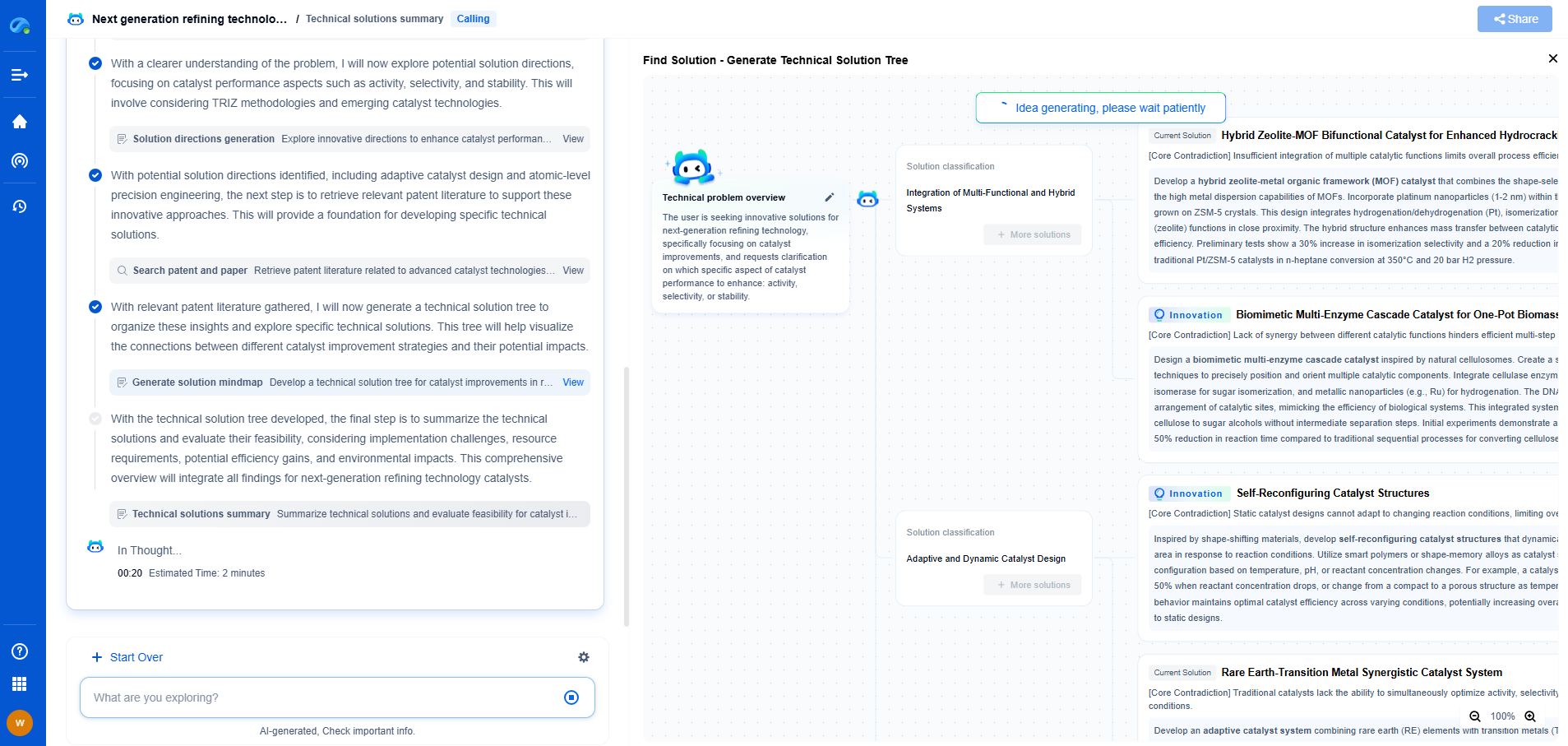How 5G Enables Industry 4.0: Factories of the Future
JUN 27, 2025 |
The industrial landscape is undergoing a profound transformation, with Industry 4.0 at the forefront of this revolution. This new era of manufacturing leverages advanced technologies such as the Internet of Things (IoT), artificial intelligence (AI), robotics, and big data to create smart factories. One of the most critical enablers of Industry 4.0 is 5G technology. With its unparalleled speed, low latency, and massive connectivity, 5G is set to redefine how factories operate, making them more efficient, flexible, and productive. In this blog, we explore how 5G enables Industry 4.0 and shapes the factories of the future.
Unleashing the Potential of IoT
IoT is a cornerstone of Industry 4.0, connecting machines, devices, and sensors to create a cohesive, data-driven environment. 5G enhances this connectivity by providing the bandwidth and reliability necessary to support a vast number of IoT devices simultaneously. With 5G, factories can deploy a wide array of smart sensors across their operations, collecting valuable data on everything from machine performance to environmental conditions. This data is crucial for optimizing production processes, predicting maintenance needs, and improving overall efficiency.
Enhancing Real-Time Communication
One of the standout features of 5G is its ultra-low latency, which enables real-time communication between devices. In a factory setting, this capability is invaluable. Machines can communicate instantaneously, allowing for seamless coordination and adjustment of production lines. For example, if a fault is detected in one part of the production line, machines can automatically adjust their operations to compensate, minimizing downtime and waste. This level of responsiveness is essential for maintaining high levels of productivity and product quality.
Revolutionizing Robotics and Automation
Automation is a key component of Industry 4.0, with robots playing an increasingly important role on the factory floor. 5G facilitates the deployment and operation of advanced robotics systems by providing the low-latency, high-reliability connections they require. With 5G, robots can perform complex tasks with greater precision and agility, collaborating with human workers to boost productivity. Additionally, 5G supports the development of autonomous mobile robots, which can navigate factory environments independently, further enhancing operational efficiency.
Empowering Predictive Maintenance
Predictive maintenance is a game-changer for factories, helping them minimize downtime and extend the lifespan of equipment. By leveraging the data collected from IoT devices, factories can anticipate when machines are likely to fail and perform maintenance proactively. 5G supports this process by enabling the rapid transmission of large volumes of data to cloud-based analytics platforms. These platforms use AI algorithms to identify patterns and predict maintenance needs, ensuring that machines are serviced at the optimal time.
Supporting Flexible and Remote Operations
The flexibility offered by 5G is another significant advantage for Industry 4.0. With 5G, factories can implement remote monitoring and control of production processes, allowing for greater adaptability in response to changing market demands. This capability is particularly beneficial in scenarios where expert oversight is required from a distance or when production needs to be scaled up or down quickly. Furthermore, 5G enables the use of augmented reality (AR) and virtual reality (VR) technologies, providing remote workers with immersive training and troubleshooting experiences.
Facilitating Data-Driven Decision Making
Data is at the heart of Industry 4.0, driving decision-making and strategic planning. 5G's ability to handle massive data flows ensures that factories can access real-time insights into every aspect of their operations. This data-driven approach enables manufacturers to make informed decisions, optimize resource allocation, and enhance supply chain management. With 5G, factories are better equipped to respond to market trends, customer demands, and potential disruptions, maintaining a competitive edge in the industry.
Conclusion
As we look to the future of manufacturing, it is clear that 5G will play a pivotal role in the realization of Industry 4.0. By enabling seamless connectivity, real-time communication, and advanced automation, 5G empowers factories to operate more efficiently and effectively. The integration of 5G technology in industrial settings not only enhances productivity but also paves the way for innovation and growth. As factories continue to evolve, 5G will remain a key enabler, driving the next wave of industrial transformation.
Unlock Next-Gen Innovation in Communication Technology with Patsnap Eureka
The field of communication technology is evolving at breakneck speed—from 5G and satellite systems to next-gen wireless protocols and quantum communications. Staying ahead demands more than just information—it requires strategic insights, real-time patent intelligence, and a deep understanding of technological trajectories.
Patsnap Eureka, our intelligent AI assistant built for R&D professionals in high-tech sectors, empowers you with real-time expert-level analysis, technology roadmap exploration, and strategic mapping of core patents—all within a seamless, user-friendly interface. Whether you're optimizing signal processing designs, navigating 3GPP standards, or exploring IP strategies for IoT and 6G networks, Eureka helps you move faster, think deeper, and innovate smarter.
Try Patsnap Eureka today—and see how it can transform the way you work across the entire communication technology innovation lifecycle.
- R&D
- Intellectual Property
- Life Sciences
- Materials
- Tech Scout
- Unparalleled Data Quality
- Higher Quality Content
- 60% Fewer Hallucinations
Browse by: Latest US Patents, China's latest patents, Technical Efficacy Thesaurus, Application Domain, Technology Topic, Popular Technical Reports.
© 2025 PatSnap. All rights reserved.Legal|Privacy policy|Modern Slavery Act Transparency Statement|Sitemap|About US| Contact US: help@patsnap.com

